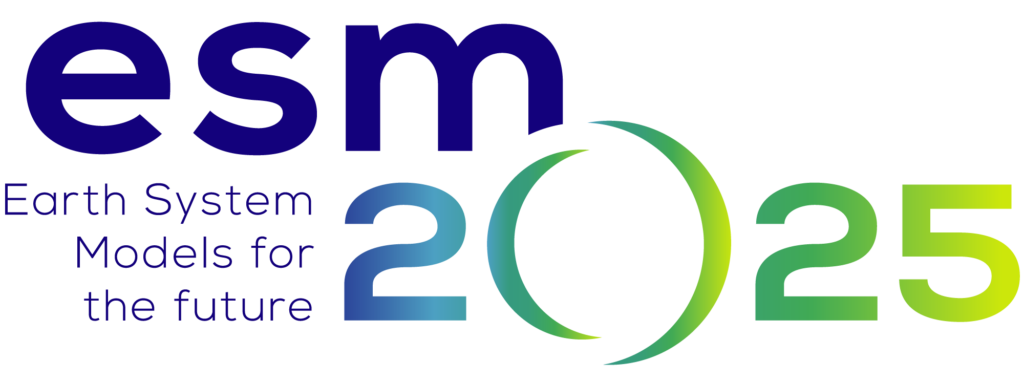Work Package 1 - Atmosphere processes
This work package will improve the representation of atmospheric composition (aerosols and trace gases) in the project ESMs. An emphasis will be on advancing the degree of interaction between atmospheric chemistry, aerosol, cloud and radiation parts of the models. We will also develop the emission of trace gases and aerosol species from the marine and terrestrial biosphere. A key aim of the work package is to assess the impact of these model developments on historical radiative forcing and future climate feedbacks.
Our two main objectives are (i) improving the description of trace gas and aerosol species, aerosol-radiation, and aerosol-cloud interactions in the atmospheric component of the project ESMs; and ii) quantifying the impact of the parameterization improvements and process couplings on the Effective Radiative Forcing (ERF) and climate sensitivity of the ESMs.
Institutions involved: Météo-France, UK Met Office, University of Leeds, the UK National Centre for Atmospheric Sciences, Norwegian Meteorological Institute and the Institute Pierre-Simon Laplace will all contribute to this WP via development and evaluation of atmospheric improvements within their own models. SMHI will assist in porting relevant evaluation diagnostics into ESMValTool.
WP1 Leaders

Jane Mulcahy
In ESM2025, I co-lead WP1 with Pierre Nabat, which aims to improve atmospheric processes in the project ESMs. I will also work within this WP on improving the interactive marine emissions within the UKESM mode.

Pierre Nabat
In ESM2025, I co-lead WP1 with Jane Mulcahy, which focuses on atmospheric processes, namely chemistry-aerosol-climate interactions. I will also contribute to improvements in CNRM-ESM, as far as aerosols and chemistry are concerned.
WP1 Milestones & Deliverables
MS1.1 – 30 November 2021
Definition of key diagnostics to evaluate planned ESM improvements at the process level (CT1/WP1/atmosphere) and with respect to coupled interactions and coupled performance (CT2). Identification of key observational data sets and initial scoping of diagnostics intended for ESMValtool
MS1.2 – 30 November 2022
Preliminary versions of new/improved atmospheric parameterization schemes passed to CT2 for coupling and initial testing
MS1.3 – 31 May 2023
Atmosphere-only (AMIP, AMIP+4K, ERF and AMIP perturbation) simulations for evaluation of new parameterizations of gas-phase chemistry and aerosol-radiation-cloud developments made available to XCA1 and to WP11 and WP12 for constraining parameters in OS-MAGICC
MS1.4 – 31 August 2023
Updated versions of new/improved atmospheric parameterization schemes passed to CT2 for final coupling, tuning and use in XCA2 coupled simulations
D1.1 – 31 July 2024
Report on the implementation and evaluation of interactive tropospheric chemistry and its coupling with aerosols
D1.2 – 30 November 2024
Report on the implementation and evaluation of new or improved aerosol-radiation and aerosol-cloud interactions in participating ESMs

